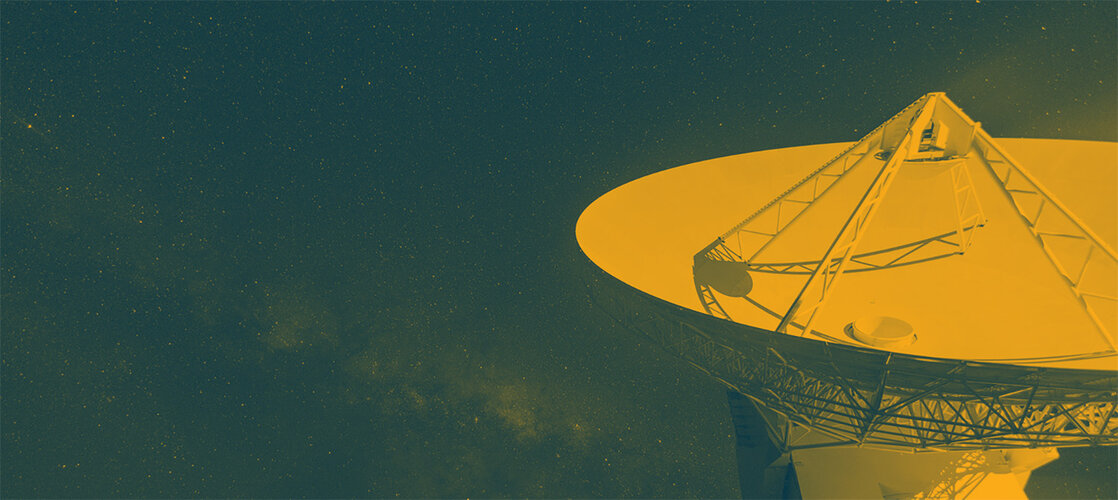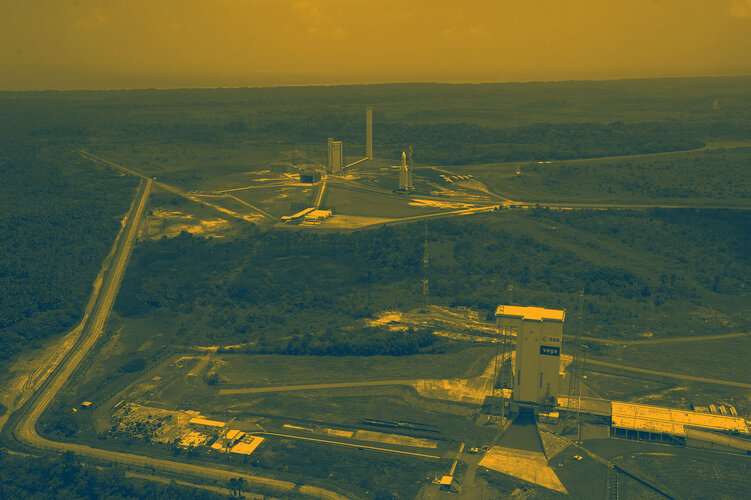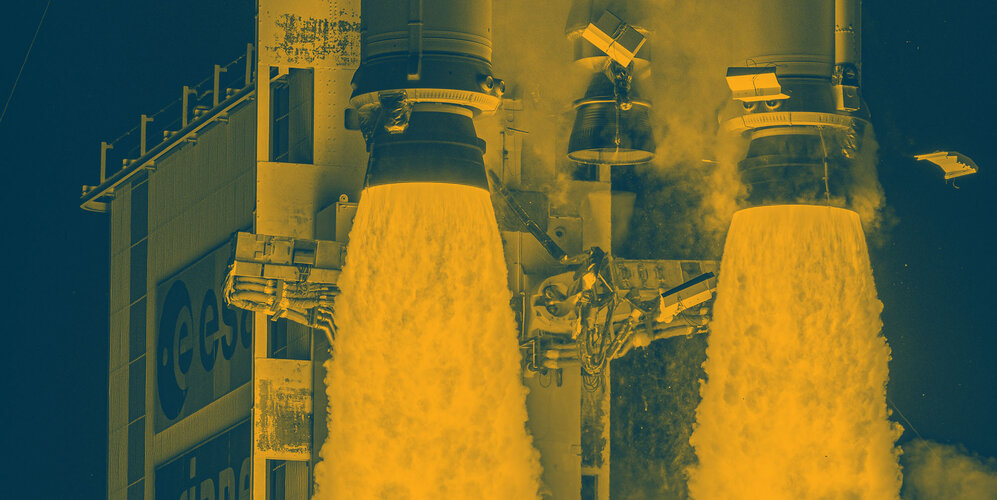ESA to pick up as Webb phones home
In brief
The most powerful telescope ever launched to space will soon take flight, and ESA will be there to catch its first words.
In-depth
The James Webb Space Telescope has been almost 30 years in the making, a collaborative endeavour between ESA, NASA and the Canadian Space Agency to shed light on our cosmic origins.
Webb is due to launch on an Ariane 5 rocket from Europe’s Spaceport in French Guiana, at the earliest on 24 December. It will journey on a direct escape trajectory towards its target orbit more than 1.5 million kilometres from Earth. Part of ESA’s Estrack cooperative network, the 10-metre antenna in Malindi, Kenya, will make first contact from the ground with the fledgling mission, with the all-important ‘first acquisition of signal’.
A signal says a thousand words
Webb’s first ‘message’ home will appear as a peak in radio waves on a monitor at the Malindi Ground Station – Webb’s first ‘words’. Such signals are our only means of sending commands and bringing data home.
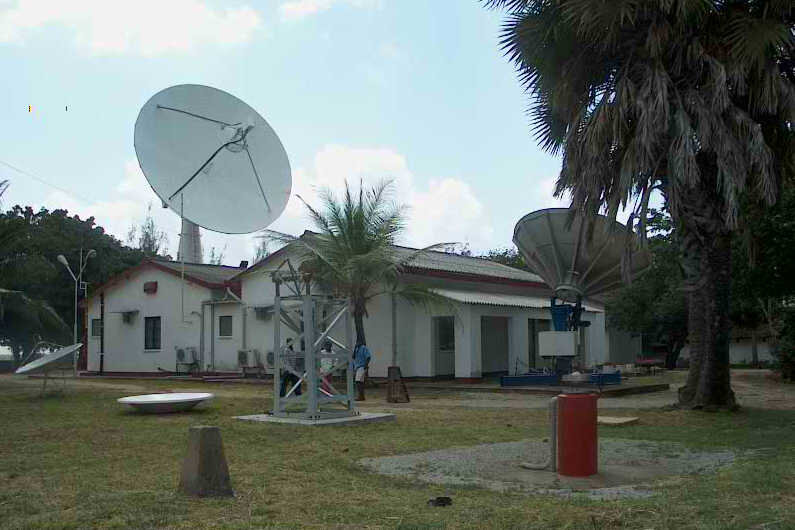
After this initial signal, a flood of information becomes available, informing operators of the spacecraft’s health after the rigours of launch and opening a gateway for ESA’s team at the Agency’s Operation’s Centre in Germany and the Italian Space Agency (ASI) team at Malindi to relay commands and vital mission information to NASA’s Webb Mission Control.
ESA’s global network of ‘eyes on the sky’ ground stations, known as Estrack, is in prime position to secure this vital connection. At 10 metres across and relatively nimble in its pointing, the Malindi station is used by ESA in collaboration with ASI for the launch and early operations phases of a mission’s life, when a rocket or satellite moves quite quickly overhead, still close to Earth.
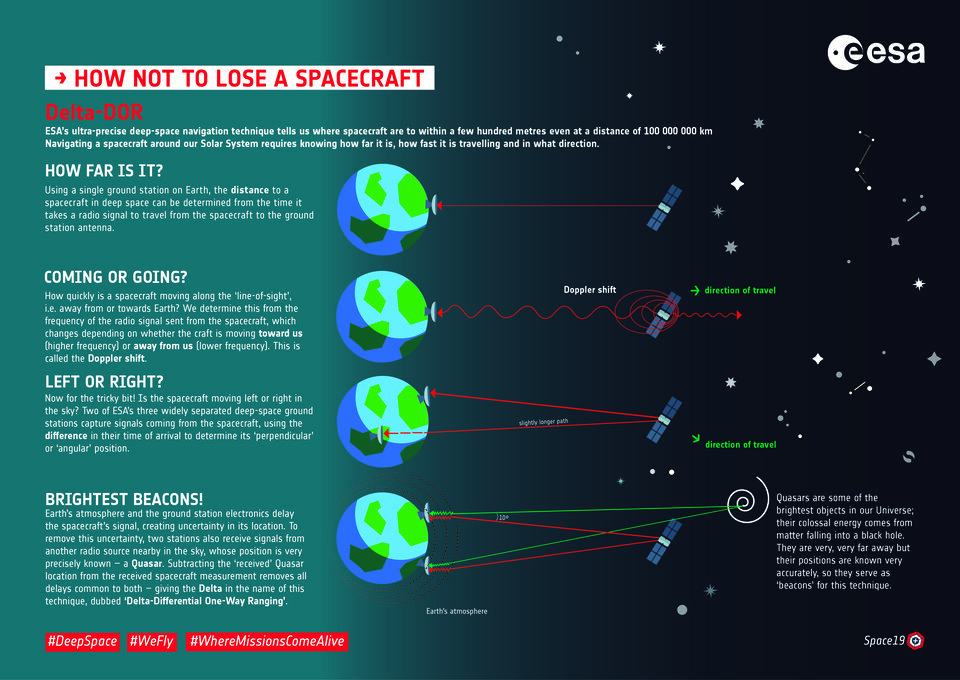
The station’s position at the equator is in line with Europe’s Spaceport in Kourou, French Guiana. Launching from this location provides rockets with an extra boost from the speed of Earth’s rotation.
While NASA’s own system of orbiting data relay satellites – the Tracking and Data Relay Satellite System – can check on newly launched missions, only stations on the ground like those in ESA’s Estrack and NASA’s Deep Space Network can provide the vital information to Webb’s navigation engineers that will be needed on launch day, namely ‘tracking data’ such as angular, range and velocity measurements.
From launch to L2
About 23 minutes after lift-off, Malindi will locate the Ariane 5 launch vehicle in flight, rising above the Western horizon, still housing its precious cargo. Only five minutes later, Webb will separate from the rocket and begin its solo life in space.
Unlike most missions, Webb will begin emitting its signal as the rocket fairing is jettisoned, just before spacecraft separation. This means ESA’s Estrack team can expect to receive signals from Webb just before it gains independence.
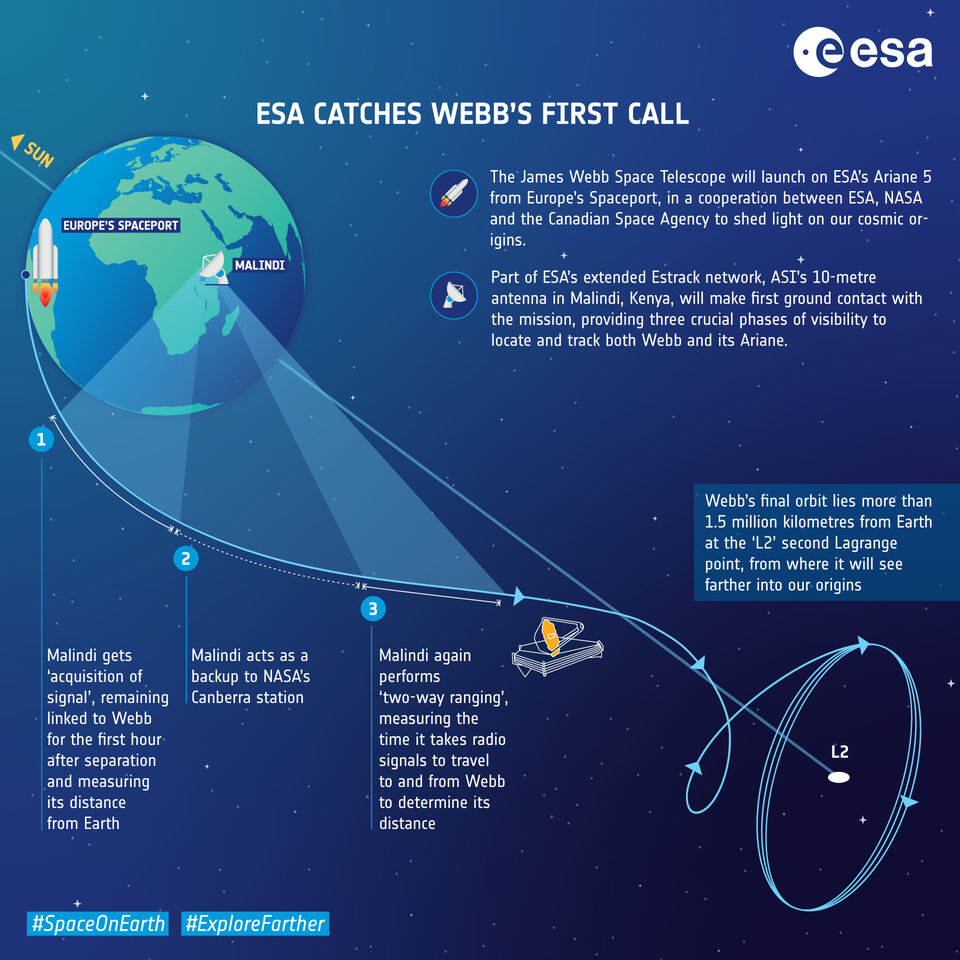
“We may lose signal momentarily some minutes after Webb separates from Ariane 5, and at that time we will switch from launch vehicle tracking to spacecraft tracking,” explains Daniel Firre, ESA’s Ground Operations Manager.
“The Malindi dish has two heads, or ‘brains’, and at any point, one or the other is controlling the antenna while receiving orders from either the launch operator, Arianespace, or Webb tracking computers. To switch over, we would stop the antenna for a few seconds and literally switch the cable from one tracking system to the other, interrupting its movement for about 20 seconds.”
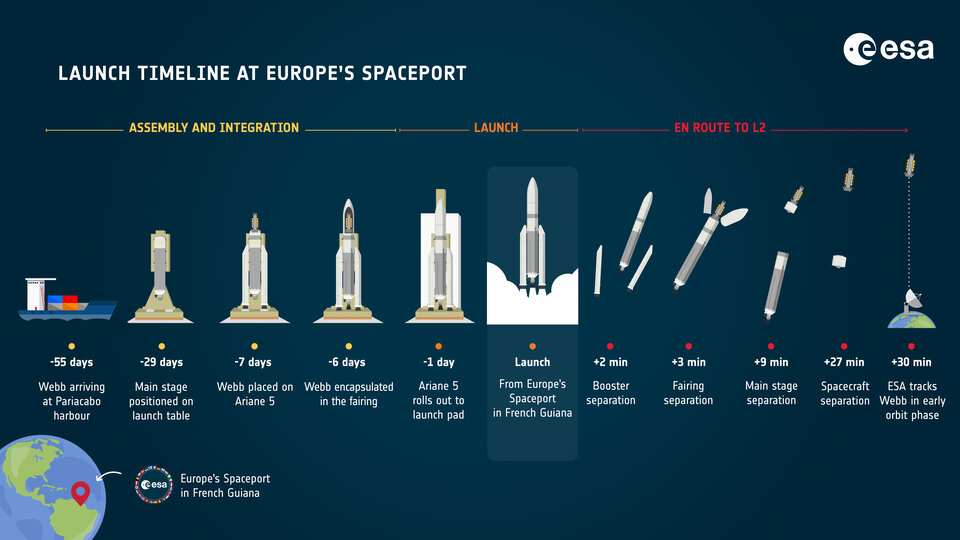
From the moment of separation, Malindi will have three phases of visibility with the mission; at first, the ESA station will be in a ‘private call’ with Webb for the first hour after separation, after which point NASA’s Deep Space Antenna in Canberra will join the call and Malindi will switch to backup. When the spacecraft is no longer visible from Canberra, Malindi will again take over the reins one more time before NASA’s Madrid station joins the call.
Keeping an eye on Ariane

Even after Webb has gone off on its own, the Malindi station will track the Ariane rocket upper stage during its ‘liberation manoeuvre’, about an hour after lift-off. The antenna will not be actively tracking the rocket – as it will be fully tracking Webb – but the two objects will remain relatively close in the sky.
With Webb behind the upper stage, the Ariane will remain well within Malindi’s ‘beamwidth’ until the end of its mission, culminating with the ‘upper stage tank complete passivation’ – in line with global debris mitigation guidelines.
From launch to separation, acquisition of signal to the first science data streaming into this incredibly exciting mission, ESA will be on hand to support and help uncover the mysterious origins of the cosmos.



